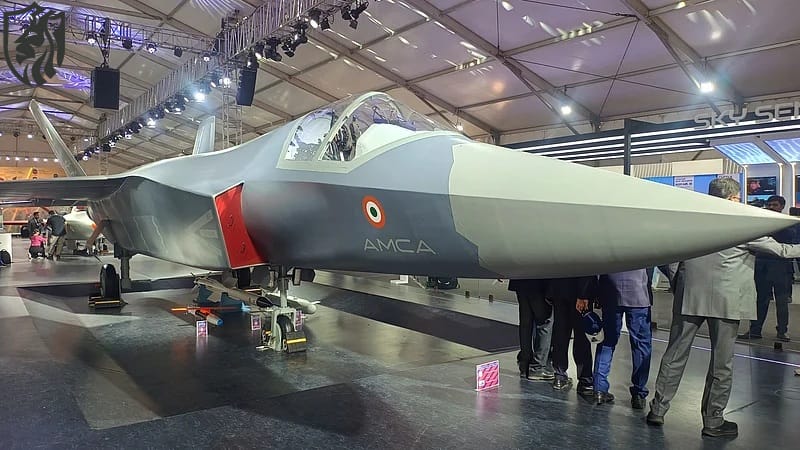
AMCA
India has firmly declined the U.S. offer to purchase F-35 stealth fighters, focusing on domestic manufacturing and Russia’s customized alternatives. Bloomberg reports that New Delhi communicated this decision to Washington during high-level meetings, including Prime Minister Narendra Modi’s recent visit to the White House. While the U.S. continues its drive to expand defense exports, India remains committed to self-reliance and joint development.
Focus Shifts to Local Manufacturing and Technology Transfer
According to officials familiar with the discussion, the Modi government is no longer interested in big-ticket foreign deals without guaranteed technology transfer. Instead, India wants partnerships that advance its ‘Make in India’ defense program. One senior official confirmed that the focus is on “jointly designing and manufacturing defense equipment domestically” rather than importing complete systems like the F-35.

India’s rejection of the F-35 offer clearly reflects its preference for projects that support local industrial capacity, such as co-development and indigenous assembly. Although the U.S. has previously sold India advanced platforms like the P-8I maritime patrol aircraft and MH-60R Seahawks, Washington’s reluctance to share sensitive F-35 technology proved a dealbreaker.
Russia Offers Customised Su-57E and Su-35M Packages
In contrast, Russia has made a more appealing offer that aligns with India’s defense priorities. Moscow has proposed the export version of the Su-57E fifth-generation stealth fighter and the Su-35M multirole aircraft. This package includes full technology transfer and plans for local assembly at Hindustan Aeronautics Limited’s (HAL) Nashik facility, which already builds Su-30MKI jets.
Sources say the Su-57E localization could reach up to 60%, integrating Indian-made systems such as the Astra BVR missile, the Rudram anti-radiation missile, and the Virupaksha AESA radar. The Russian offer aligns closely with India’s goal to enhance indigenous capability and reduce foreign dependency.
Su-57E Production to Begin Within Four Years
Initial deliveries of 20–30 Su-57Es could begin in three to four years, with full-scale local production planned to follow. Should the agreement come to fruition, it could encompass 70 to 100 aircraft, scheduled for delivery in the 2030s. The ability to build such advanced fighters in-country would be a major boost for India’s aerospace ecosystem.

Additionally, the Su-35M has been offered as a stopgap measure to replenish India’s shrinking fighter fleet. Rostec points out that the Su-35M shares up to 80% of its components with the Su-30MKI, simplifying logistics and reducing pilot retraining time. This compatibility makes it an ideal interim platform while the Su-57E enters service.
Strategic Shift Towards Self-Reliance
India’s rejection of the F-35 offer represents more than just a procurement decision—it signals a strategic pivot. The Modi government now favors defense agreements that build domestic industrial strengths and offer long-term self-sufficiency. Although the F-35 remains a benchmark in global airpower, India appears unwilling to sacrifice sovereignty for cutting-edge technology.
Washington’s insistence on restricted access clashed with New Delhi’s ambitions. In contrast, Russia’s flexible approach—blending fifth-generation performance with local control—may be the key to India’s next-generation fighter strategy.
References
- Bloomberg: https://www.bloomberg.com/news/articles/2025-08-01/india-rejects-us-f-35-pitch
- Rostec: https://rostec.ru/en
- Hindustan Aeronautics Limited: https://hal-india.co.in
- Indian Ministry of Defence: https://mod.gov.in
- Defense News Today: https://www.defensenewstoday.info/






